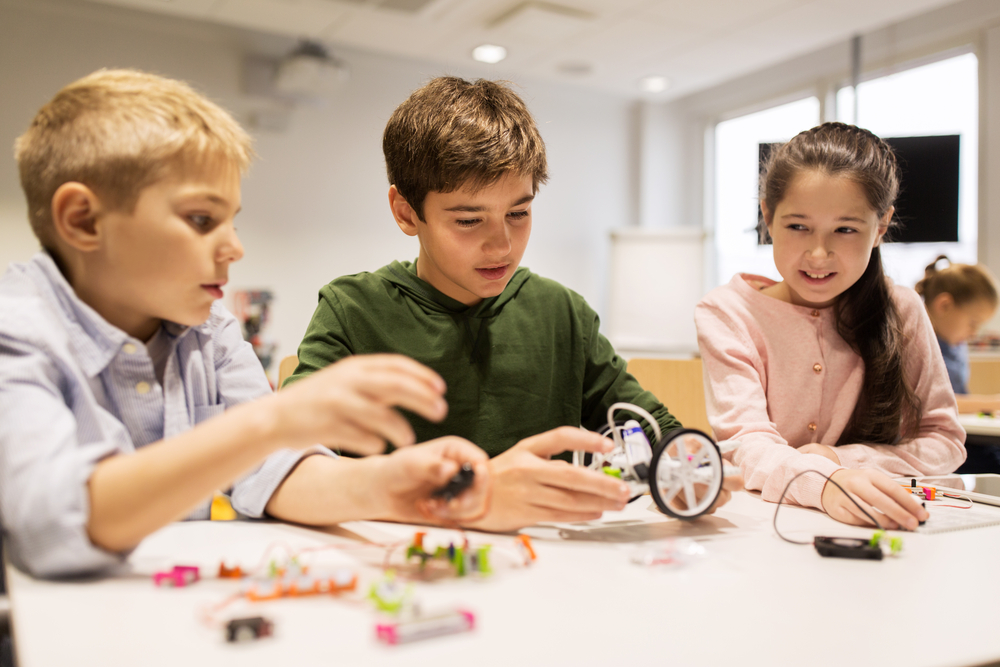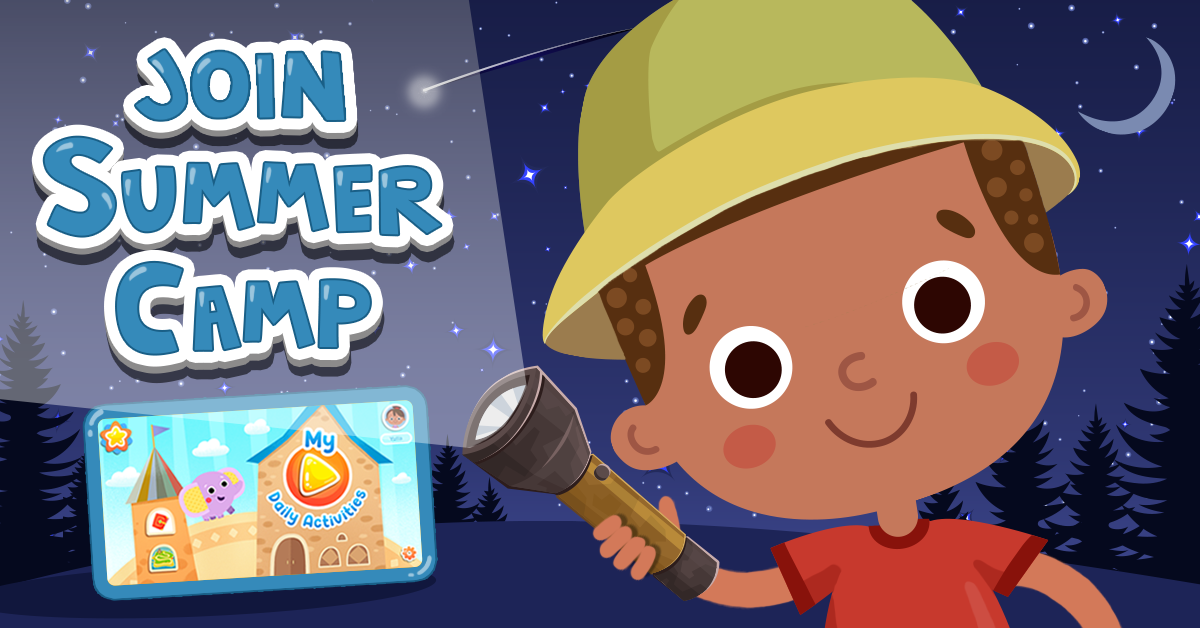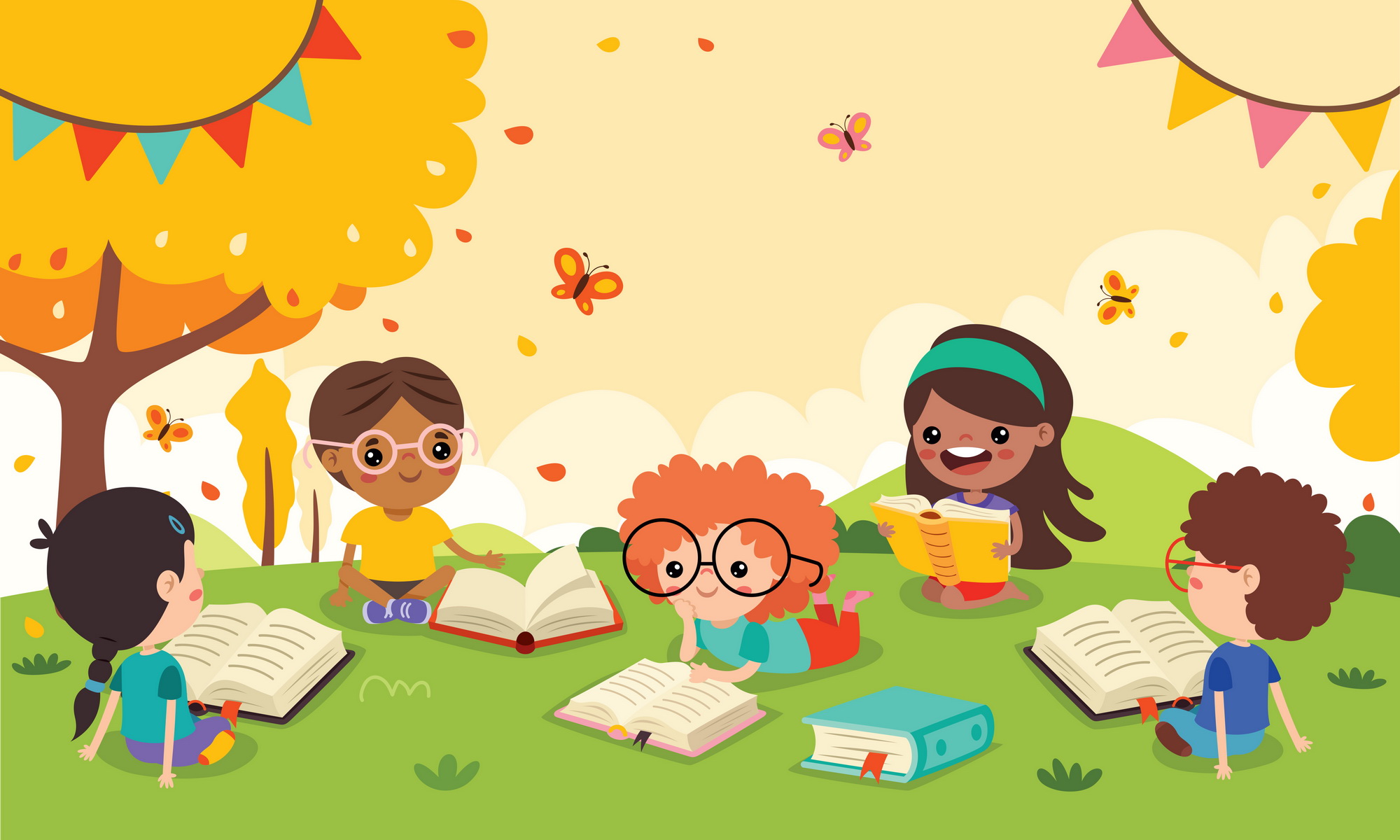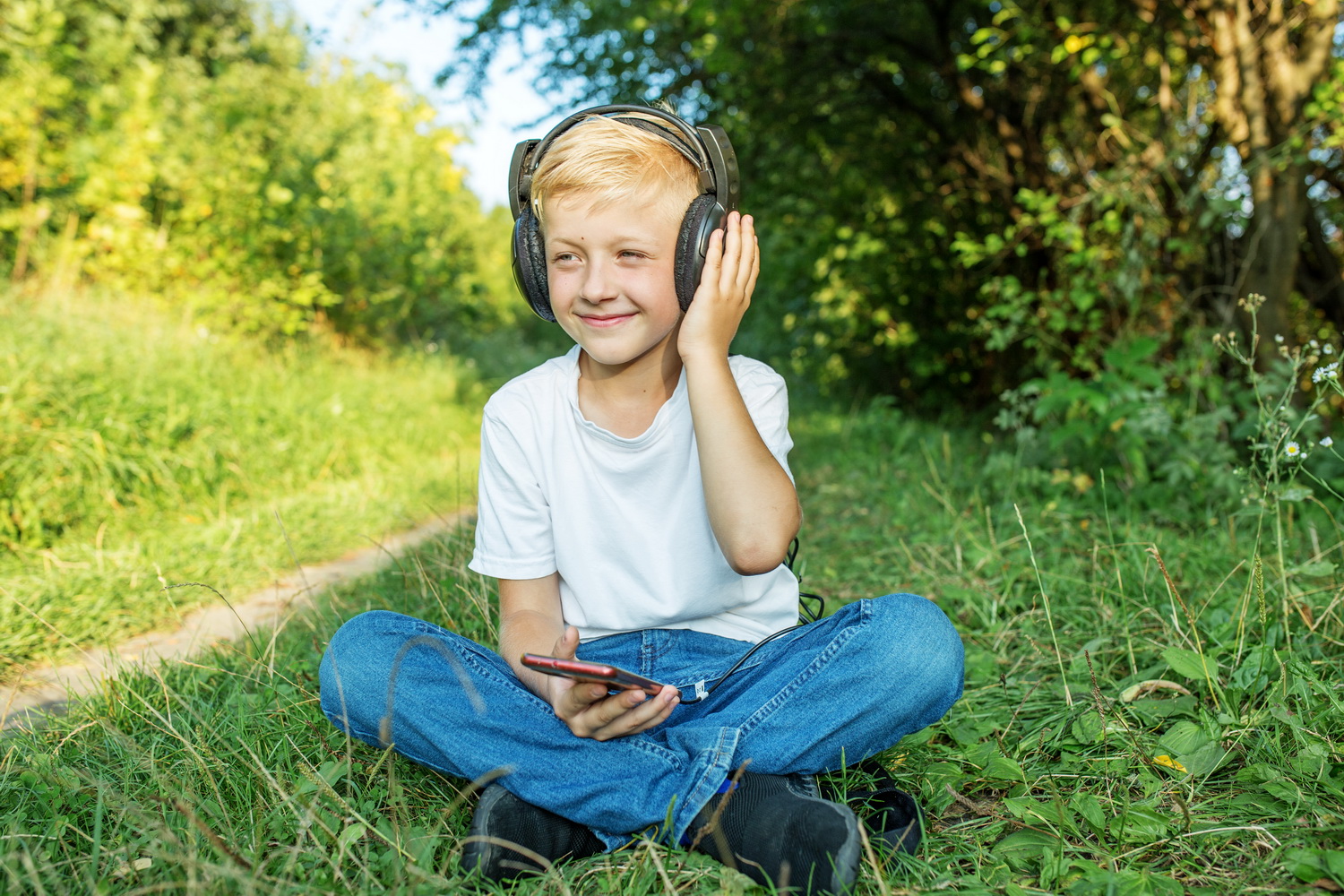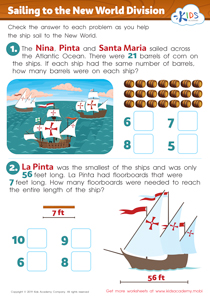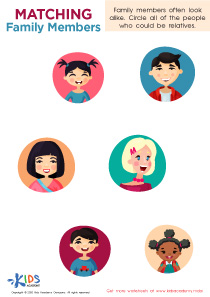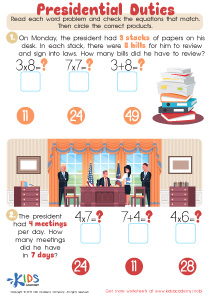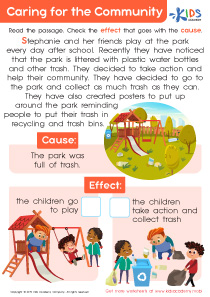Color recognition Social Studies Worksheets for Ages 5-7
5 filtered results
-
From - To
Discover our engaging "Color Recognition Social Studies Worksheets for Ages 5-7" designed to blend essential social studies learning with fun color activities. These printable worksheets help young learners identify and differentiate colors while exploring community, geography, and history topics. Perfect for preschool and early elementary students, our resources foster cognitive development and social awareness through creative, hands-on activities. Each worksheet combines vibrant illustrations with age-appropriate tasks, enhancing your child’s color skills and subject knowledge simultaneously. Ideal for classroom or at-home use, let these tools support your little one's educational journey in an interactive and enjoyable way.
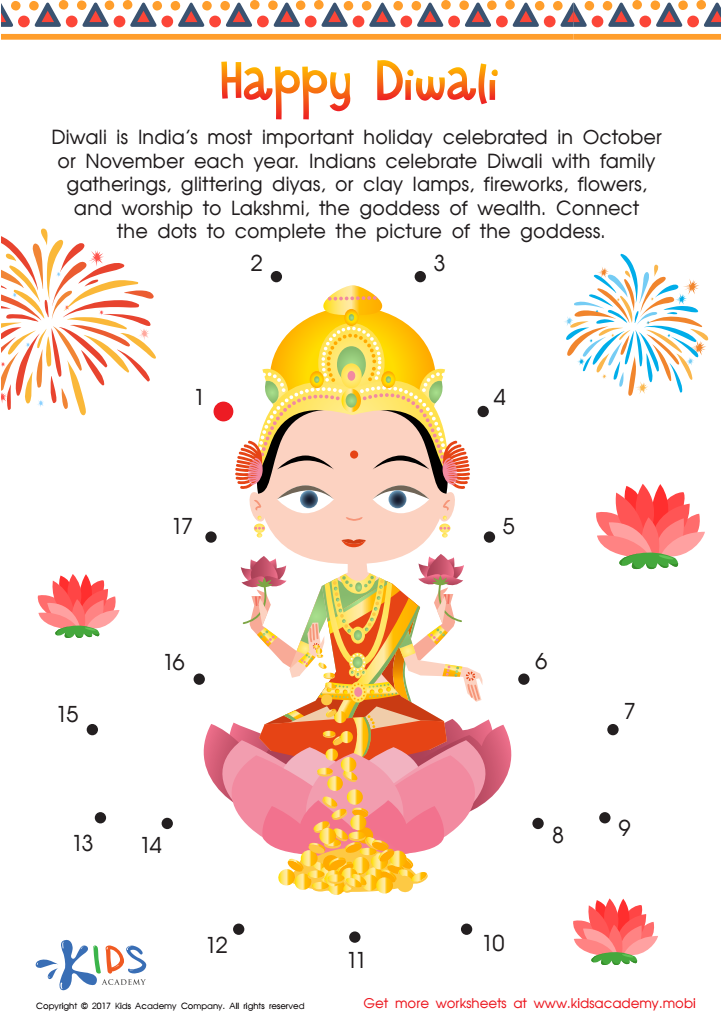

Happy Diwali Printable
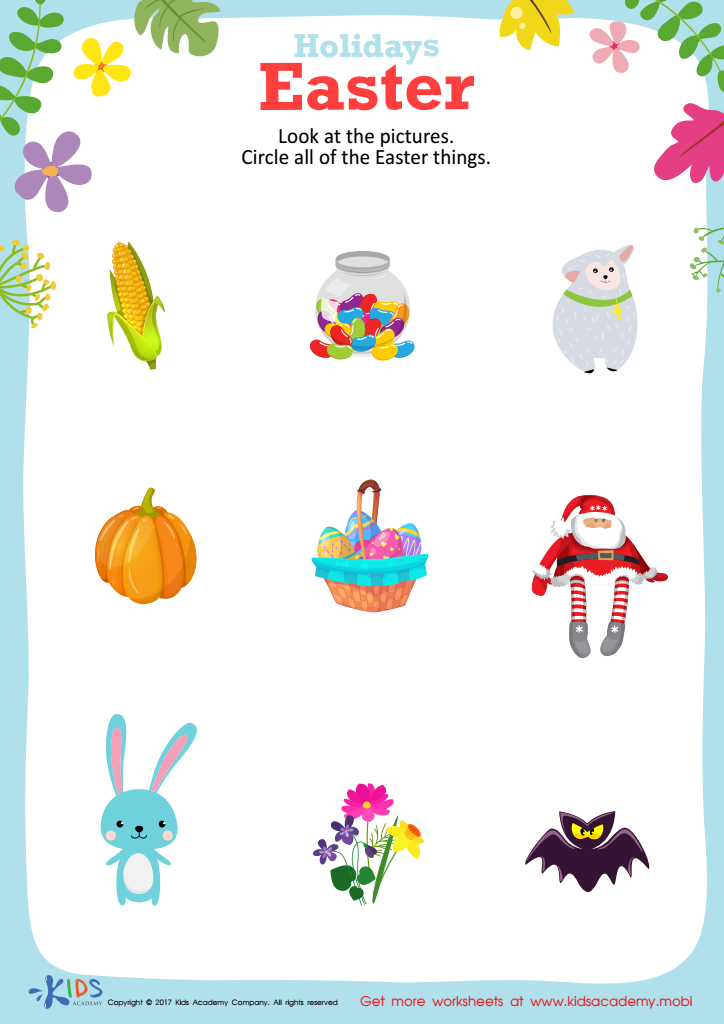

Easter Holiday Printable
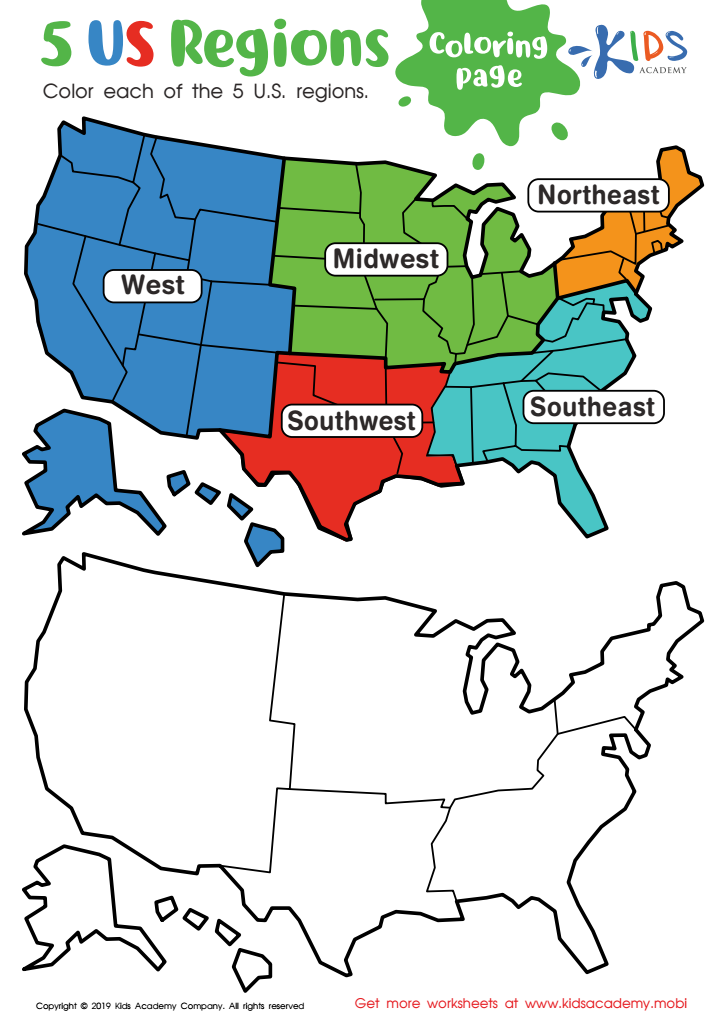

US Regions Coloring Page Worksheet
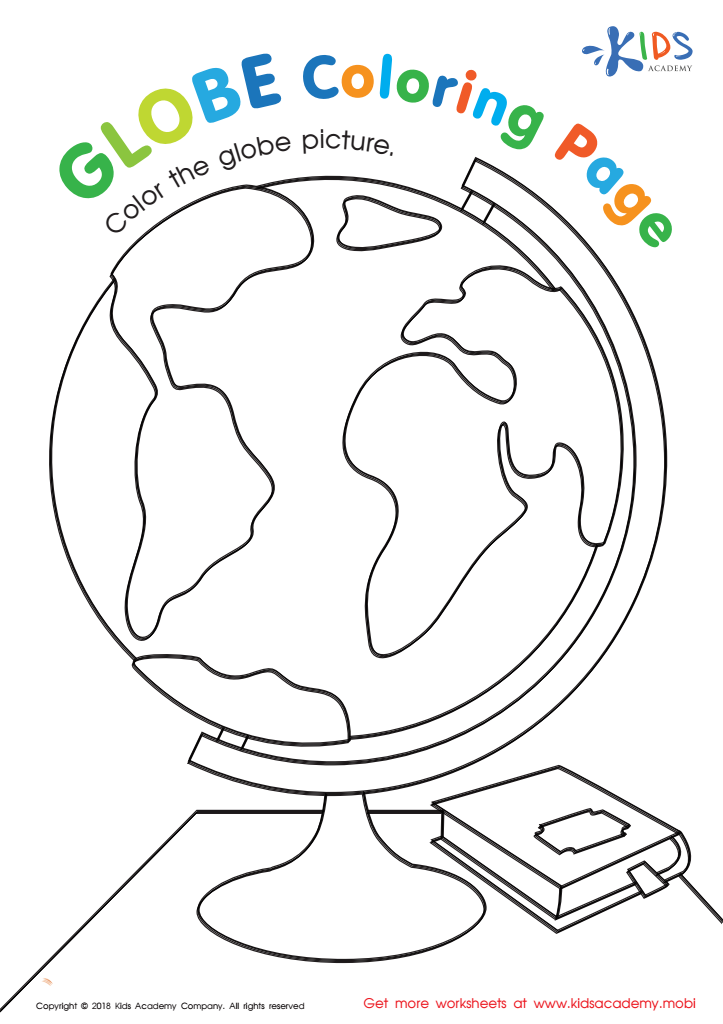

Globe Coloring Page Worksheet
Parents and teachers should pay close attention to color recognition in social studies for children aged 5-7 because it serves as a foundational skill that enhances learning and cognitive development. At this developmental stage, young children are like sponges, absorbing new information rapidly. Recognizing and differentiating colors helps in several ways. First, it aids in the understanding of social studies content by making maps and globes more accessible and engaging. For instance, political maps use different colors to signify countries, states, or rivers, helping children differentiate between regions easily.
Second, color recognition also boosts memory and retention. Children are more likely to remember and understand complex ideas when they are color-coded. For example, assigning different colors to historical timelines or significant figures can help in visual memory, making it easier for young students to grasp and recall information.
Additionally, integrating color recognition into social studies fosters creativity and critical thinking. Activities like coloring maps, flags, or landmarks allow children to immerse themselves in hands-on learning while also identifying cultural symbols and traditions. This sensory engagement aids in higher cognitive functioning, including problem-solving and decision-making skills.
Moreover, color recognition reinforces observational skills and environmental awareness, teaching young children to pay attention to differences and similarities in their world—qualities essential for developing social and emotional intelligence.

 Assign to My Students
Assign to My Students





.jpg)
